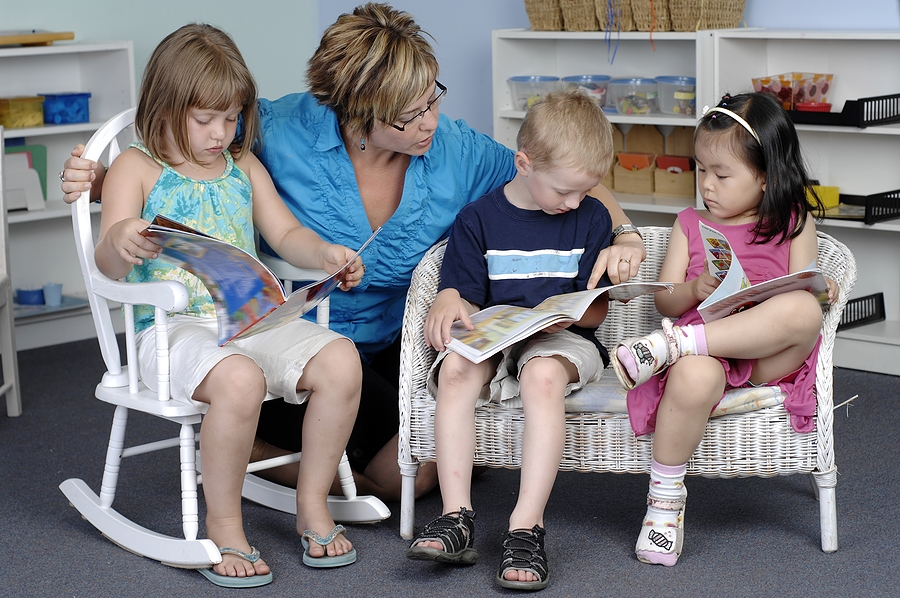
ABA Clinic
Interact with Books
Books are a great way to interact with your child! Use these activities to practice skills associated with attending, listening, comprehending and answering questions!
Vooks Questions
Emotional Support
Being able to recognize and label emotions in oneself and others is an important skill for all children to strive towards. Below, one will find a variety of resources and tips concerning the fostering of emotional skills development.
Games/Activities:
A website containing a myriad of activities relating to social/emotional skills.
https://www.centervention.com/social-emotional-learning-activities/?tx_post_tag=elementary
Website for students to use with parents which contains resources pertaining to social/emotional skills; requires a free account to be made.
https://www.emotionalabcs.com/
Social stories resource; pre-made stories and templates for creating specific/personalized stories.
https://www.autismspeaks.org/templates-personalized-teaching-stories
A free, printable activity in which the child can sort a variety of faces into the categories of “happy”, “sad”, and “angry”.
https://www.twinkl.com/resource/t-s-1057-happy-sad-and-angry-sorting-activity
Computer-based activity which progresses from word-to-picture matching to scenario questions.
https://do2learn.com/games/feelingsgame/index.htm
Videos/Songs:
A variation of “Hokey Pokey” showing animated examples of the following faces: “happy”, “sad”, “angry”, “scared”, “surprised”, and “silly”.
https://youtu.be/ZHS7vCdBeus
This song shows examples of a multitude of different emotions using both animated and real-life examples.
https://youtu.be/utZr0dPu5sk
A video covering a wide variety of emotions through the use of animated models, while encouraging the viewer to repeat and/or display the given emotion.
https://youtu.be/37w9JjUWN30
Quick Tips & Other Suggestions:
Model labeling your own emotions.
“I feel happy/excited because daddy is bringing home some tasty food!”
Help children learn to label their own emotions.
“It looks like you are sad because you spilled your juice; what can we do to feel better?”
Give examples of when you feel a specific emotion; ask the child what makes them feel the given emotion.
Read your child’s favorite book and ask how the characters are feeling at different points in the story.
Practice making different faces (happy/sad/mad) in a mirror with the child.
Use toys to create characters and emotional scenarios; have the child think of how a character feels and why they feel a given way.
Examples:
He fell down, he feels…
He is eating his favorite meal! He feels…
A friend took her toy, she feels…
Play Skills
Play skills are an important part of development for preschoolers, as children learn how to interact with peers and their environment through play. For many students with autism and developmental disabilities, these play skills need to be taught by parents and teachers. We have gathered some ideas on how to help guide your child through play (LINK).
Home Behavior Support Strategies/Aids
Autism speaks has created a page of resources for families: https://www.autismspeaks.org/covid-19-information-and-resources. BCBA lists some strategies for parents:
Visual schedule, keep same before/after school routine
Set clear expectations for the “school day” by having rules similar to the classroom
Design a space in the house for the “school day”
Incorporate the child’s favorite parts of their classroom into this space
Build in extra physical activity time (walk, bike ride, home work-out), incorporating family members when possible
Ex: “I spy” on a walk, play a song to dance to, etc.
Include child in household chores when possible
Use visual supports to communicate the changes in routine
Ex: First/then boards, token economy, etc.
Remind parents to be patient, as it will take time for children to adapt to the new schedule
Other ideas:
– Place a picture of a school on the outside of the door where school work will be done when it is school time.
– Your child could wear something like a wristband during the “school day” and then not wear a wristband during “home time” – research has shown this to be effective at showing when different levels types of reinforcement are available and what behaviors are expected during the different phases.
Here are samples of visual schedules and first/then boards and how to use them!
Thank you
